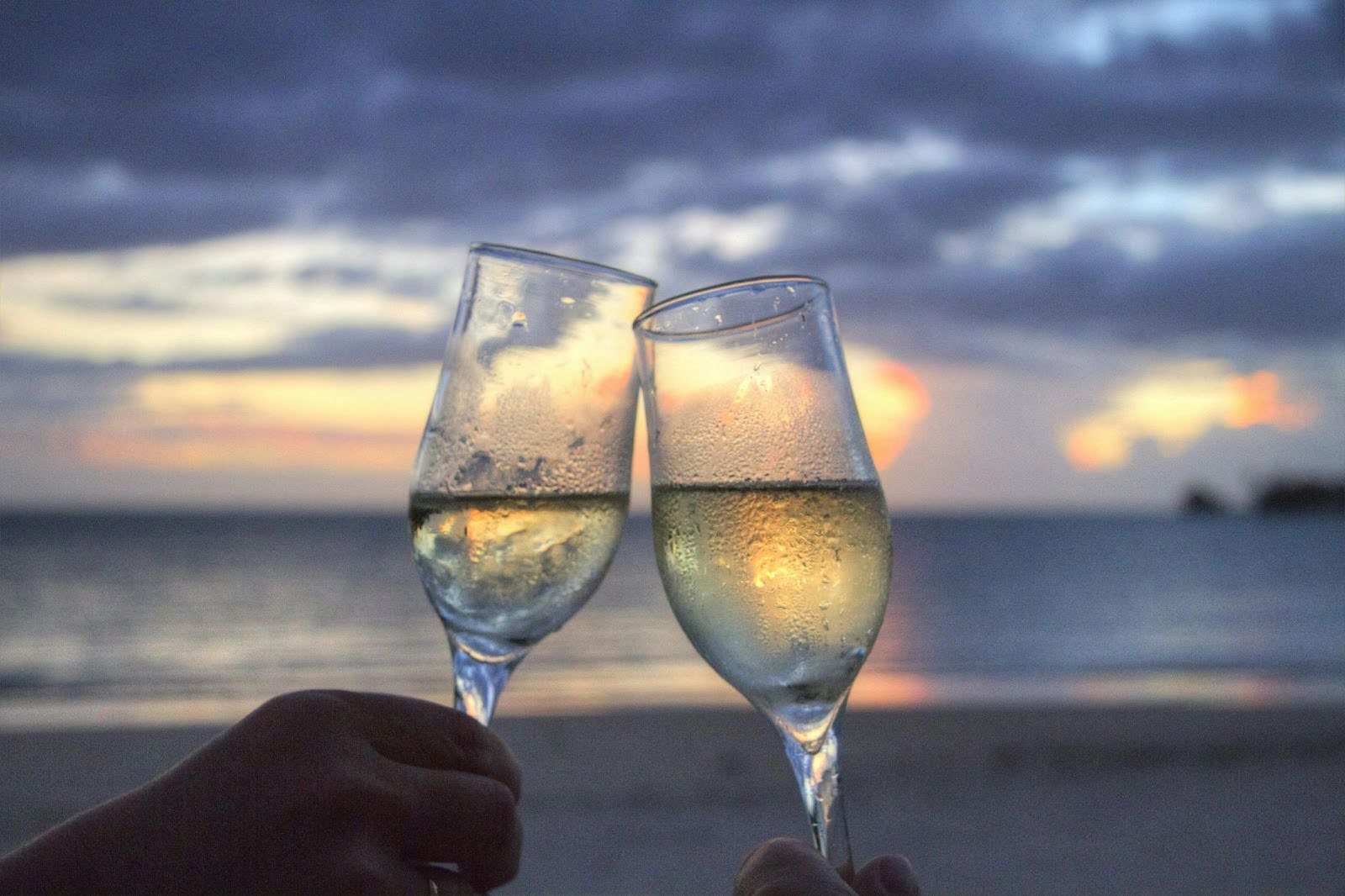
People open champagne to mark beginnings and endings — a job promotion, a wedding, the new year. It feels like part of the script. Yet for something so symbolic, champagne is often misunderstood. Many of the things people “know” about it are only half true. Some of these ideas come from habit, others from marketing. Learning what’s real takes a bit of attention, the same kind of observation that shapes success in the 32 cards game casino, where small details decide outcomes more than luck does.
What Makes Champagne Different
Champagne is a sparkling wine, but not every sparkling wine is champagne. The distinction is simple in theory and messy in conversation. Champagne comes from a defined region in northern France and must be made through a specific process of secondary fermentation inside the bottle. That process traps carbon dioxide and creates natural bubbles.
Elsewhere, winemakers produce similar results using different methods — faster, cheaper, or more experimental. The confusion began because people started using the word “champagne” to mean anything that sparkles. Over time, that blurred the meaning. The truth is geographical and technical, not symbolic.
Temperature and Taste
Serving champagne ice-cold has become an unspoken rule, especially at large events. But the colder it is, the less it actually tastes like anything. Low temperature numbs aroma and flavor, which makes the drink crisp but also dull. A slightly warmer bottle, closer to cellar temperature, opens up. The bubbles slow down. The flavor expands.
Professionals often aim for around 8–10°C. It doesn’t have to be exact, just not freezing. Think of it as balancing energy with clarity. Too warm, and the drink fizzes too much; too cold, and it loses identity.
The Myth of Endless Aging
People tend to believe that champagne, like red wine, improves forever if stored long enough. Most of it doesn’t. The majority of bottles sold today are non-vintage blends meant to be consumed within a few years. They’re designed for consistency, not long evolution.
Vintage bottles — those made from a single harvest — can mature for decades, but they change rather than simply “get better.” Fresh fruit turns into toast, brioche, or almond tones. Acidity softens. Whether that’s an improvement depends on preference, not age. In other words, time doesn’t always add value; it just shifts the experience.
The Pop and Its Meaning
The sound of a cork popping has become shorthand for celebration. It’s loud, dramatic, and looks good in photographs. Technically, though, it’s not ideal. A violent release wastes gas and can spill wine. Sommeliers describe the proper opening as a soft sigh — a controlled escape of pressure.
That quiet method signals care. It keeps the carbonation steady and the wine balanced. It may not attract attention at a party, but it respects the product. There’s a small irony here: the more someone knows about champagne, the less noise they make opening it.
When to Drink It
Another misconception is that champagne belongs only to special occasions. This belief limits its use and keeps it frozen in ceremony. At its core, champagne is just wine under pressure — bright, acidic, often dry. It matches food in ways few drinks can.
Seafood, fried food, cheese, even salty snacks work well because the bubbles and acid cut through fat. Drinking it casually changes how people perceive it. The ritual fades and the wine becomes part of the meal, not a performance.
Bubbles, Size, and Quality
People often judge champagne by the size of its bubbles. The assumption is that bigger means better. In fact, fine, steady bubbles usually point to quality. They form slowly, rise evenly, and last longer. That smooth texture comes from extended contact with yeast during production, not from added gas.
Large, fast bubbles often result from shortcuts — quick fermentation or artificial carbonation. They’re lively but short-lived, and the wine can taste sharp rather than layered. Watching how the bubbles behave tells you more than any label claim.
Storing and Handling
Storage is another area full of confusion. Many keep bottles upright on a shelf, assuming that’s safest. For a few weeks, it’s fine. Over months or years, though, the cork dries out and lets in air. Laying bottles on their side keeps the cork moist and the seal tight.
Champagne dislikes heat, light, and vibration. A stable, dark space around 10–12°C works best. It doesn’t require a professional cellar; a closet or cabinet away from sunlight will do.
Why the Myths Last
Ritual keeps these ideas alive. The chill, the pop, the fancy glass — they make champagne feel different from everyday wine. Marketing plays a role too. The industry learned early that people buy stories as much as taste. Myth gives champagne its aura, but that aura also hides its simplicity.
At the heart of it, champagne is a product of climate, patience, and method. Its strength comes from precision, not luxury. When people strip away the ceremony and learn what’s behind the bubbles, they usually find it more interesting, not less.
Seeing Champagne More Clearly
Understanding champagne doesn’t make it less enjoyable. It makes it more real. Knowing that not every bottle improves with age, that temperature matters, that silence can be skill — all of that deepens appreciation. The myths aren’t dangerous, just incomplete.
The next time a cork turns in your hand, notice the quiet, the pressure, the brief moment before release. That small act sums up what champagne really is: balance between control and celebration, between ritual and reason. Once you see that, the rest of the myths fall away on their own.

